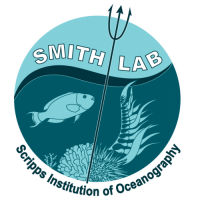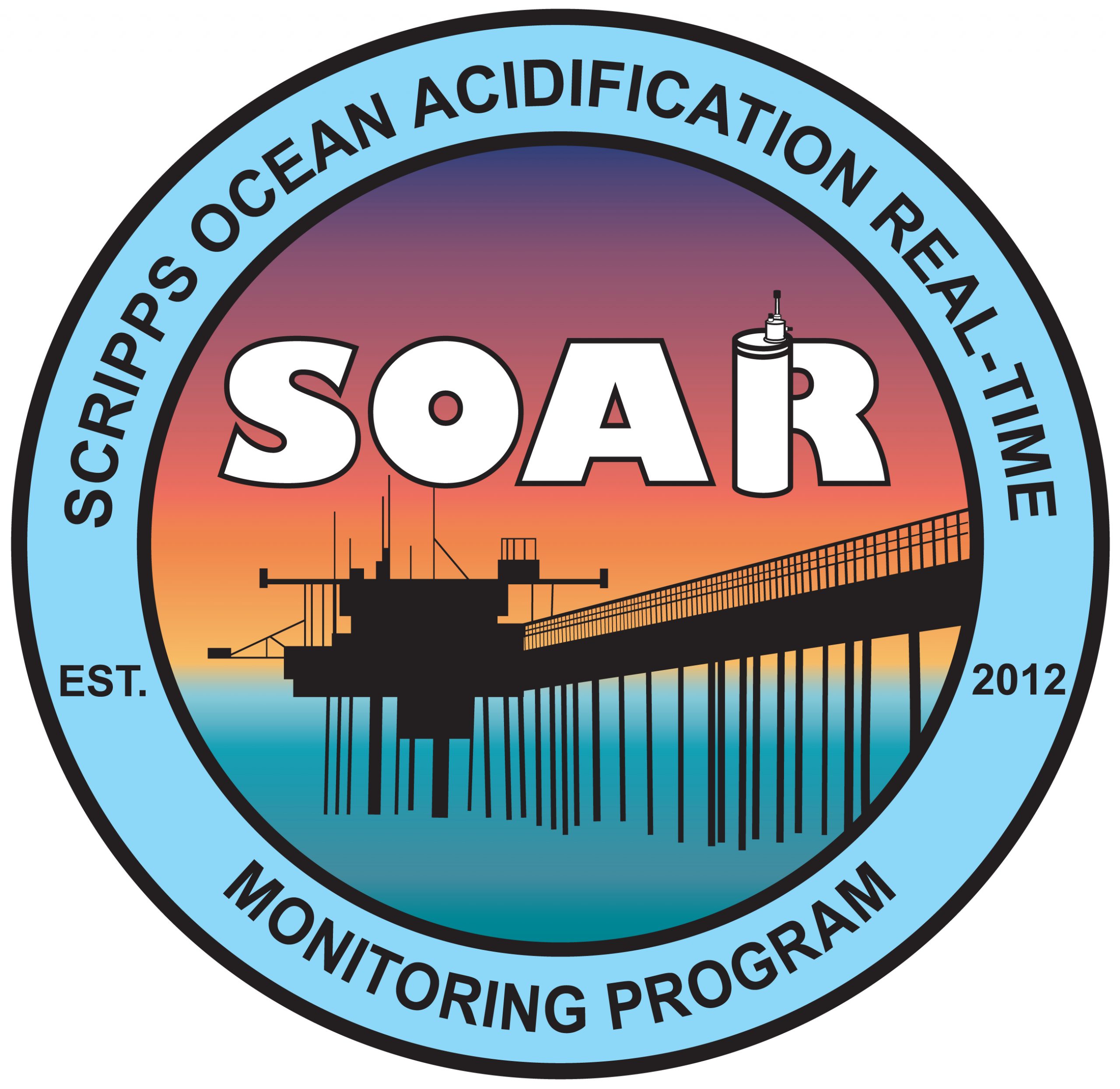If you’re a resident of Southern California (and maybe even if you’re not) you likely heard about the recent red tide bloom (and subsequent smelly fish and invertebrate die-offs) that saturated the coastline of Southern California. Here at Scripps Oceanography, it was the main topic of conversation to break the monotony of COVID-19 information and pandemic updates.
For those of us who are committed to collecting long-term monitoring data, it is during events like this where our efforts truly pay off! In the Smith Lab, we have been maintaining a near-continuous Ocean Acidification monitoring program off the Scripps Pier since 2013, and we recently added dissolved oxygen to the sensor platform. Due to the nature of this event and the value of this data set, we were granted permission by the university, as it was deemed essential to service our sensors despite the campus shut down and mandated “shelter-in-place” orders in the state of California.
According to Dr. Jen Smith, “The data that were collected during this recent event help to illuminate just how extreme the conditions were for marine organisms off our coast as the algal bloom began to degrade. So, while the bioilluminescence was certainly impressive, the extreme, multi-day hypoxic and acidified conditions likely caused the massive fish and invertebrate die offs that were observed.”
While conducting field work in the midst of a global pandemic provided a unique set of challenges, we were able to safely and effectively service our sensors and download the data to share what the ocean pH and dissolved oxygen concentration look like during a red tide bloom of such magnitude, the likes of which haven’t been seen here since 1995! We are happy to be able to share the data here.
For more information and access to the data, please contact the program manager, Sam Clements (smclemen@ucsd.edu) and visit our website to learn more!



